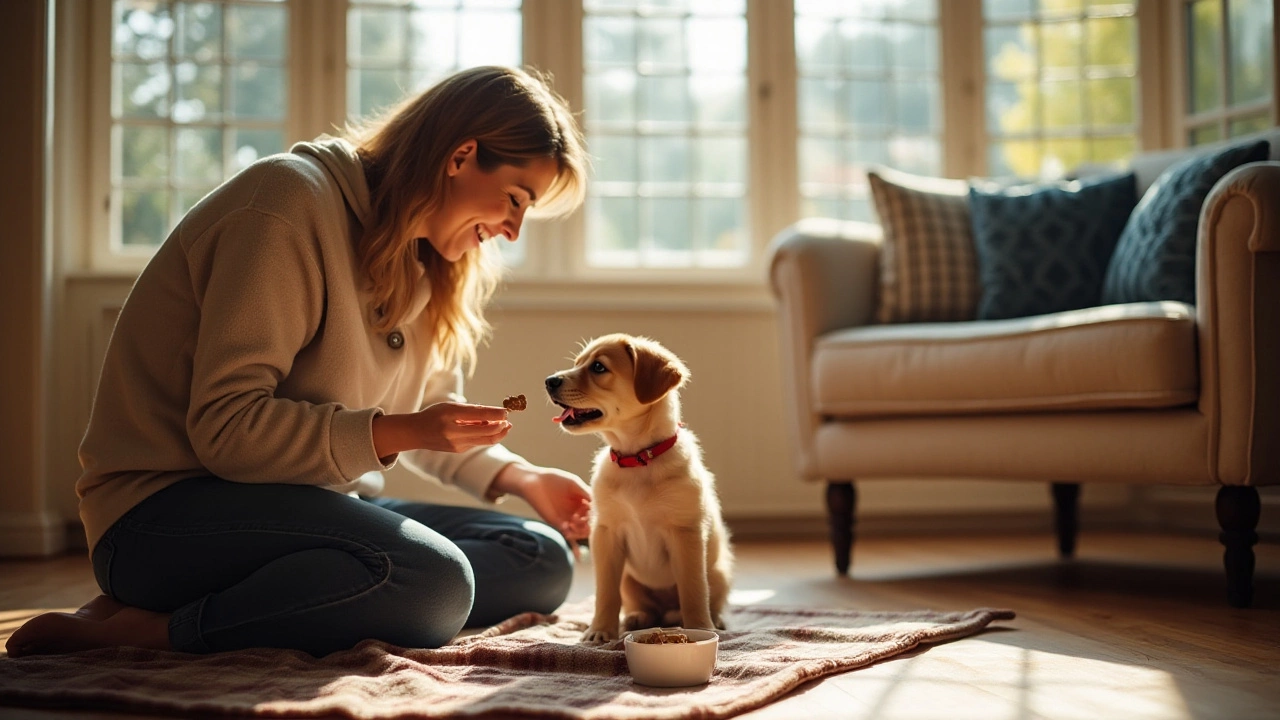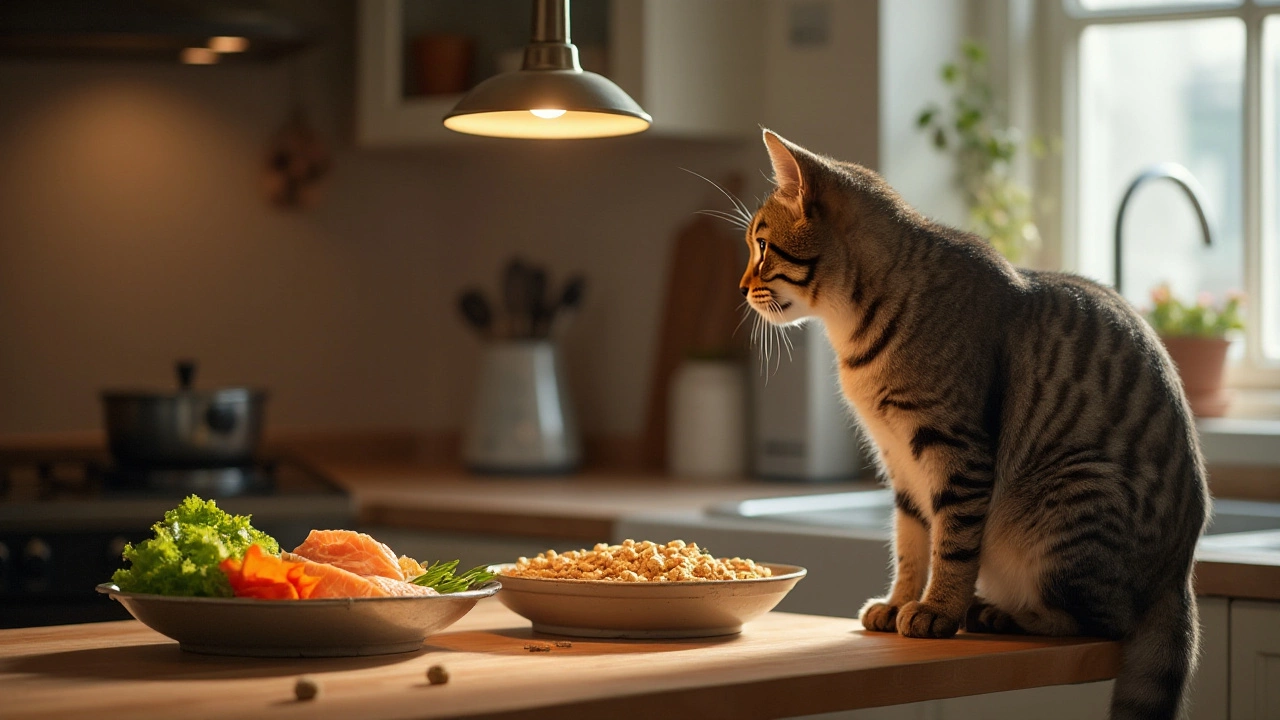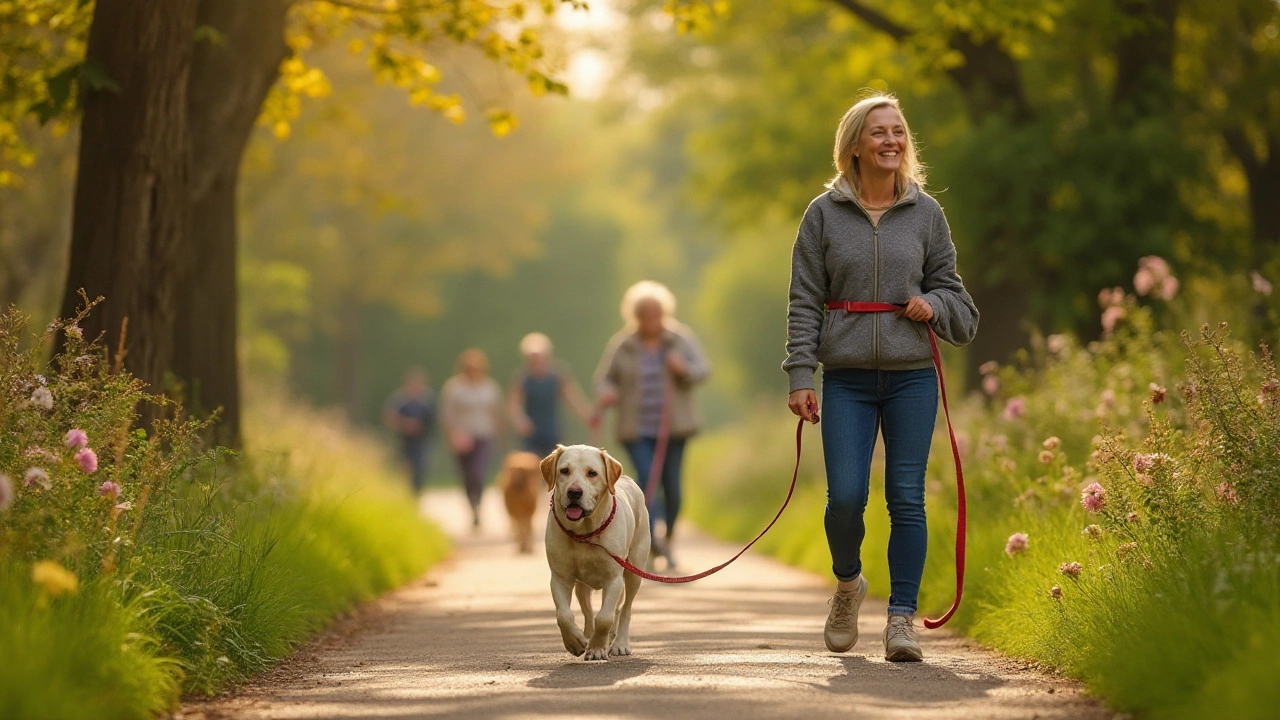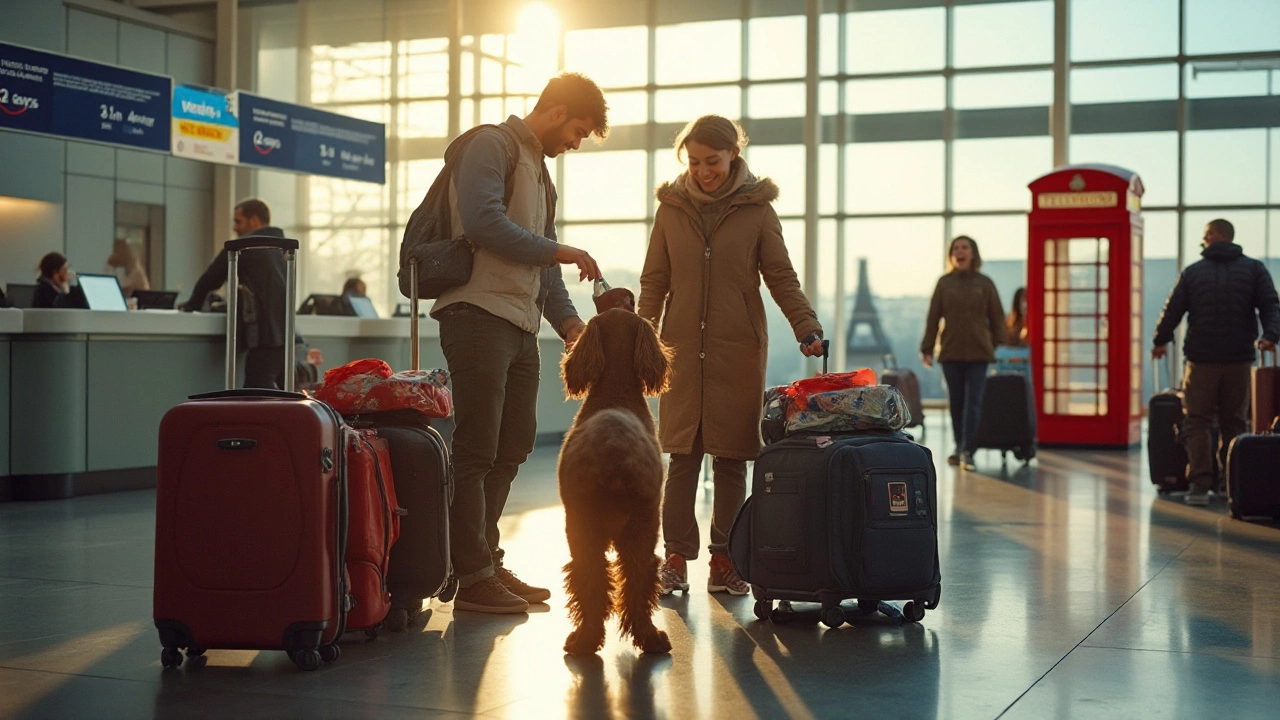November 2024 Pet Care Guides: What We Covered This Month
If you’ve been scrolling through Nelson’s blog this November, you’ve seen a mix of practical how‑tos for puppies, cats, and dogs, plus a quick look at pet travel rules. Below is a fast‑forward of the most useful tips we shared, so you can grab what matters most without rereading every post.
Quick Wins for Puppies and Dogs
Our biggest hit was the Effective Strategies for Housebreaking Your Puppy Quickly. We broke the process down to three core steps: set a consistent schedule, use a designated potty spot, and reward every successful outing with praise or a tiny treat. Most owners see progress in under a month if they stick to the routine, even though the average timeline is 4‑6 months. We also warned about common setbacks like accidental slips and gave simple fixes – like keeping a potty bell at the door.
The next dog‑focused article, Mastering Loose‑Leash Walking: Essential Dog Collar Tips, tackled the pain of “pull‑pup” walks. The key takeaway? Choose a front‑clip head halter or a well‑fitted no‑pull harness, then practice the “stop‑and‑go” method. When the leash gets tight, you halt, wait for a loose line, then reward calm walking. A few five‑minute sessions a day can turn a chaotic walk into a pleasant stroll for both you and your dog.
Cat Nutrition & Travel Guidance
Cat lovers got two deep dives. First, Do Cats Recognize When They're Full? explored how feline satiety works. The short answer: cats do have internal cues, but those signals can be muddied by dry kibble or free‑feeding. We suggested portion‑controlled meals, using puzzle feeders, and watching for signs like grooming or resting after a few bites. Adjusting feeding times to 2‑3 small meals helps the cat stay satisfied without over‑eating.
Second, Is a Dry Food Diet Safe for Cats? weighed the pros and cons of kibble‑only feeding. Dry food is convenient and can aid dental health, yet it often lacks moisture, which cats need for kidney health and urinary tract balance. Our practical advice: pair high‑quality dry kibble with at least one wet meal a day, and supplement with fresh water sources like a fountain. This combo keeps cats hydrated while enjoying the ease of dry food.
We didn’t forget travelers. In Airlines That Restrict Pets: Travel Tips and Information, we listed carriers that limit cabin or cargo pets and gave a quick checklist: verify pet policies early, use airline‑approved carriers, and pack a travel kit with food, medication, and a familiar blanket. Knowing which airlines are pet‑friendly saves you a lot of last‑minute stress.
All together, November’s posts gave you fast, actionable advice—from getting a new puppy potty‑trained in weeks, to feeding cats the right way, to walking dogs without a tug‑of‑war, and navigating pet travel rules. Bookmark the tips that fit your pet’s needs, and you’ll see smoother daily routines and happier companions.
Effective Strategies for Housebreaking Your Puppy Quickly
Housebreaking a new puppy is a crucial step in integrating them into your home. It typically takes around 4 to 6 months, but with consistent effort and patience, it can be achieved sooner. This process depends on various factors including breed, age, and past experiences of the puppy. By following structured schedules and using positive reinforcement techniques, you can set up your pup for potty training success. Common challenges include accidents and stubborn habits, which can be mitigated with the right approach.
Do Cats Recognize When They're Full? Insights on Feline Eating Habits
Cats, with their independent nature, often leave owners wondering about their eating habits and whether they know when to stop. While domesticated cats rely on their instincts to some extent, their satiety signals can be influenced by diet type and feeding practices. Recognizing fullness in cats depends on various factors including their health and the kind of food provided. Understanding the balance needed for a feline's diet can help in preventing overeating or undereating, ensuring a happy and healthy pet.
Is a Dry Food Diet Safe for Cats? Pros and Cons Explored
Exploring whether cats can thrive on a solely dry food diet requires understanding their nutritional needs and the benefits and limitations of dry kibble. While dry food is convenient and promotes dental health, it may lack necessary nutrients found in wet food. This article delves into the science behind cat nutrition, benefits of dry food, and tips for ensuring your cat remains healthy on a dry diet.
Mastering Loose-Leash Walking: Essential Dog Collar Tips
Walking a dog that constantly pulls can be a challenging task for many pet owners, leading to frustration and even unsafe situations. This guide explores practical solutions for taming your dog’s pulling habit, focusing on selecting the right collar and mastering loose-leash walking techniques. With insights into different types of collars and training tips tailored for consistency and patience, dog owners can transform their daily walks into enjoyable experiences. Understanding your dog’s motivations and investing time in proper training is key to achieving harmony on walks.
Airlines That Restrict Pets: Travel Tips and Information
Traveling with pets can be a challenge due to varying airline policies. While some airlines warmly welcome furry friends, others have specific restrictions or do not allow pets in the cabin or cargo hold. This article provides an overview of these airlines and offers practical tips for pet parents to navigate air travel. It's important to know your options to ensure a smooth journey for both you and your pet.
About Us
Nelson's Equestrian and Pet Supplies offers premium horse riding gear and dog accessories in the UK. Founded by Aria Whitfield, we prioritize quality, animal welfare, and honest service.
Terms of Service
Terms of Service for Nelson's Equestrian and Pet Supplies UK. Learn your rights and responsibilities when using our online store for equestrian and pet products.
Privacy Policy
Privacy Policy for Nelson's Equestrian and Pet Supplies. Learn how we collect and protect your data when shopping for premium pet and equestrian products in the UK.
UK GDPR
Understand your UK GDPR rights with Nelson's Equestrian and Pet Supplies. Learn how we protect your data, what we process, and how to exercise your rights to access, delete, or object to processing.
Contact Us
Contact Nelson's Equestrian and Pet Supplies for questions about horse gear, dog accessories, orders, or partnerships. Reach Aria Whitfield at [email protected].




